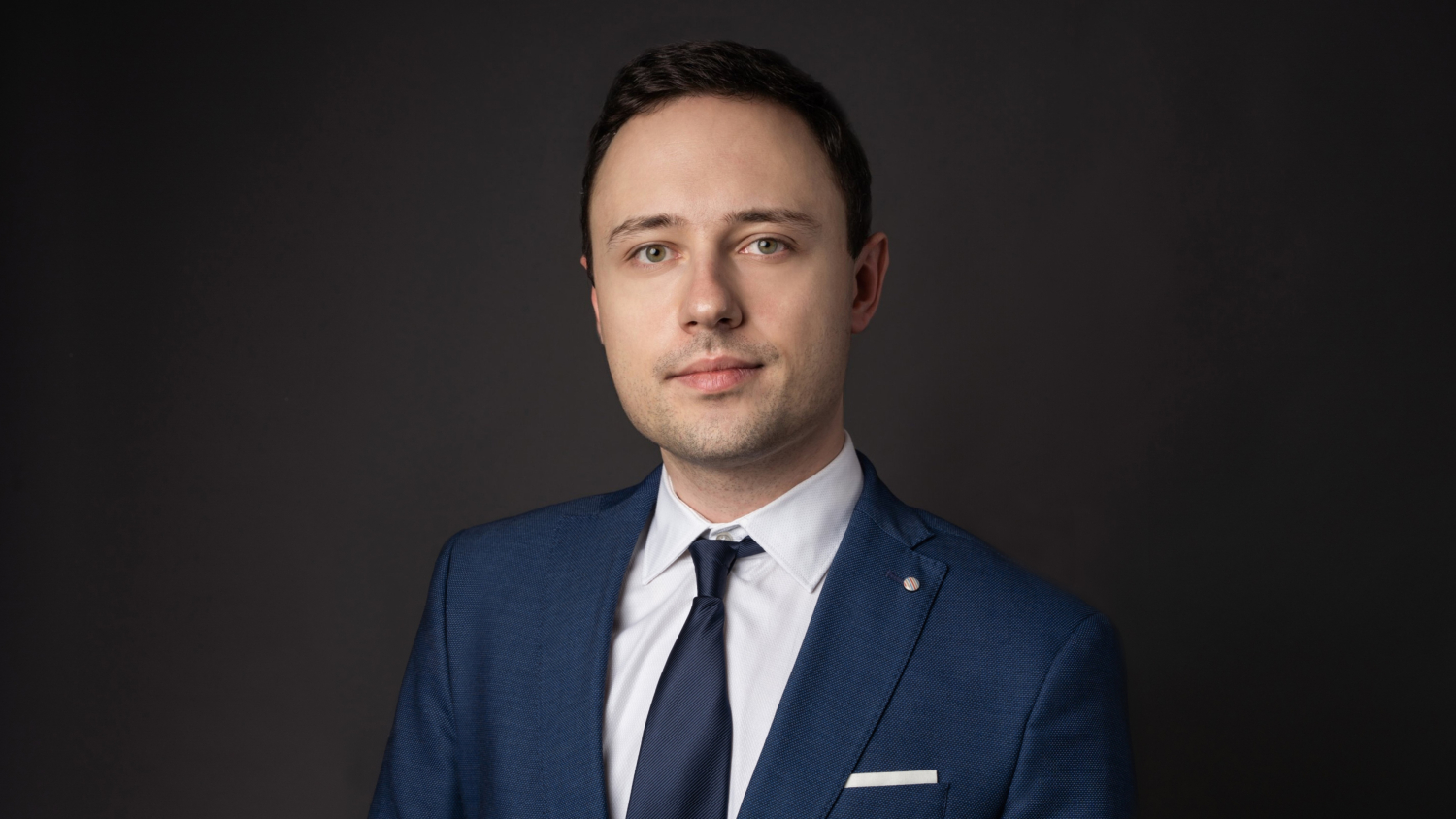While established markets like the UK, Spain, and Germany remain popular, CEE is gaining traction, with Romania emerging as a key contender.
Romania's appeal stems from a combination of rising rental demand, strong academic centers in cities such as Bucharest, Cluj-Napoca, and Timișoara, and competitive development costs. These factors make it increasingly attractive for institutional investors seeking stable yields and greenfield opportunities.
The living sector now accounts for 20% of total real estate investment volumes in Europe, driven by urbanization, demographic shifts, and persistent demand for quality rental housing. In 2024, the PRS segment alone attracted €33 billion, while PBSA secured €6 billion, solidifying its position as a promising sub-sector for 2025 due to attractive returns and flexible regulatory frameworks.
Vlad Săftoiu, Head of Research at Cushman & Wakefield Echinox, said: "Romania's rental housing market is gaining increasing attention from institutional investors, especially in the context of broader European trends supporting the growth of the living sector. (...) Furthermore, the growing interest in portfolio diversification, together with optimistic prospects for falling interest rates and capital value recovery, are likely to accelerate the development of PRS and PBSA projects locally."
AFI Europe's recent €120 million regional loan from the EBRD to support developments in Serbia, Poland, Romania, and the Czech Republic is in line with the living sector expansion trend.











